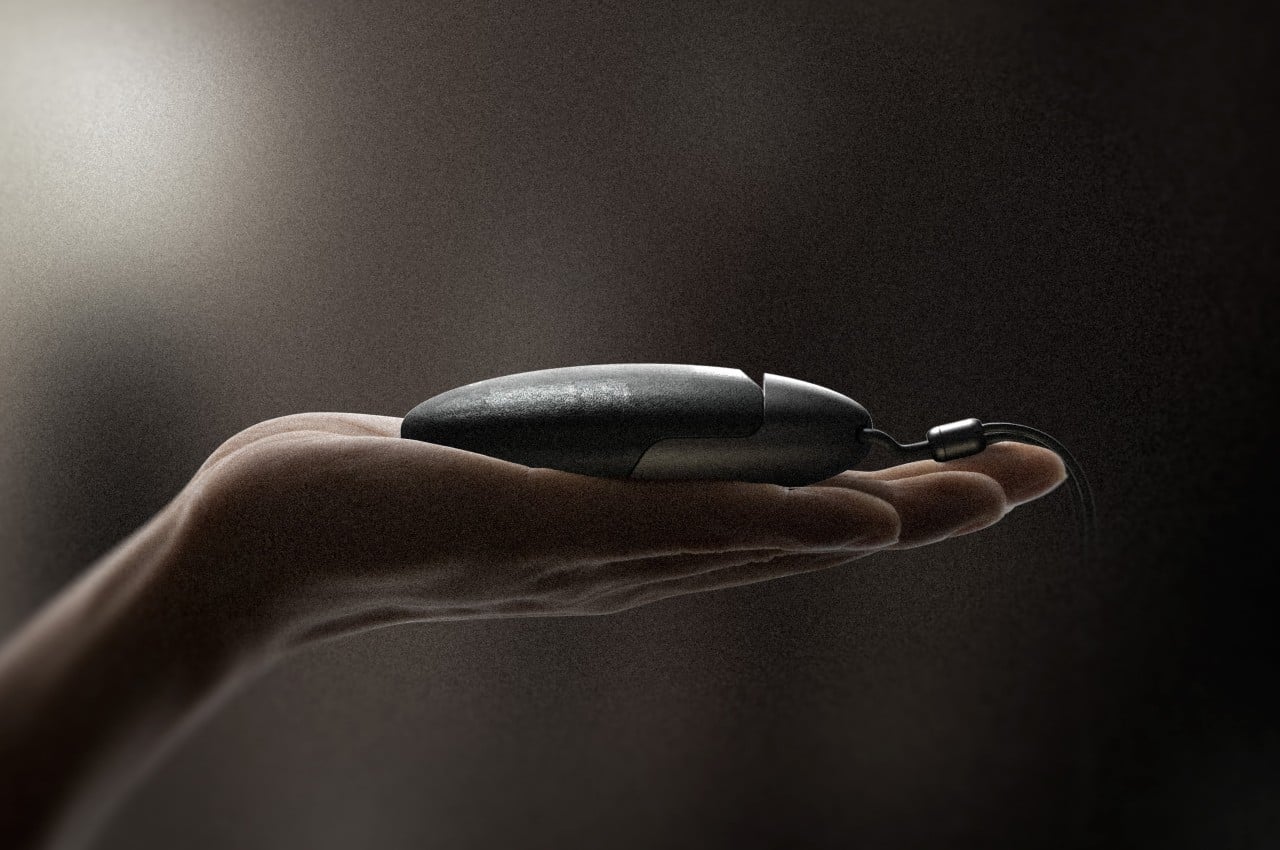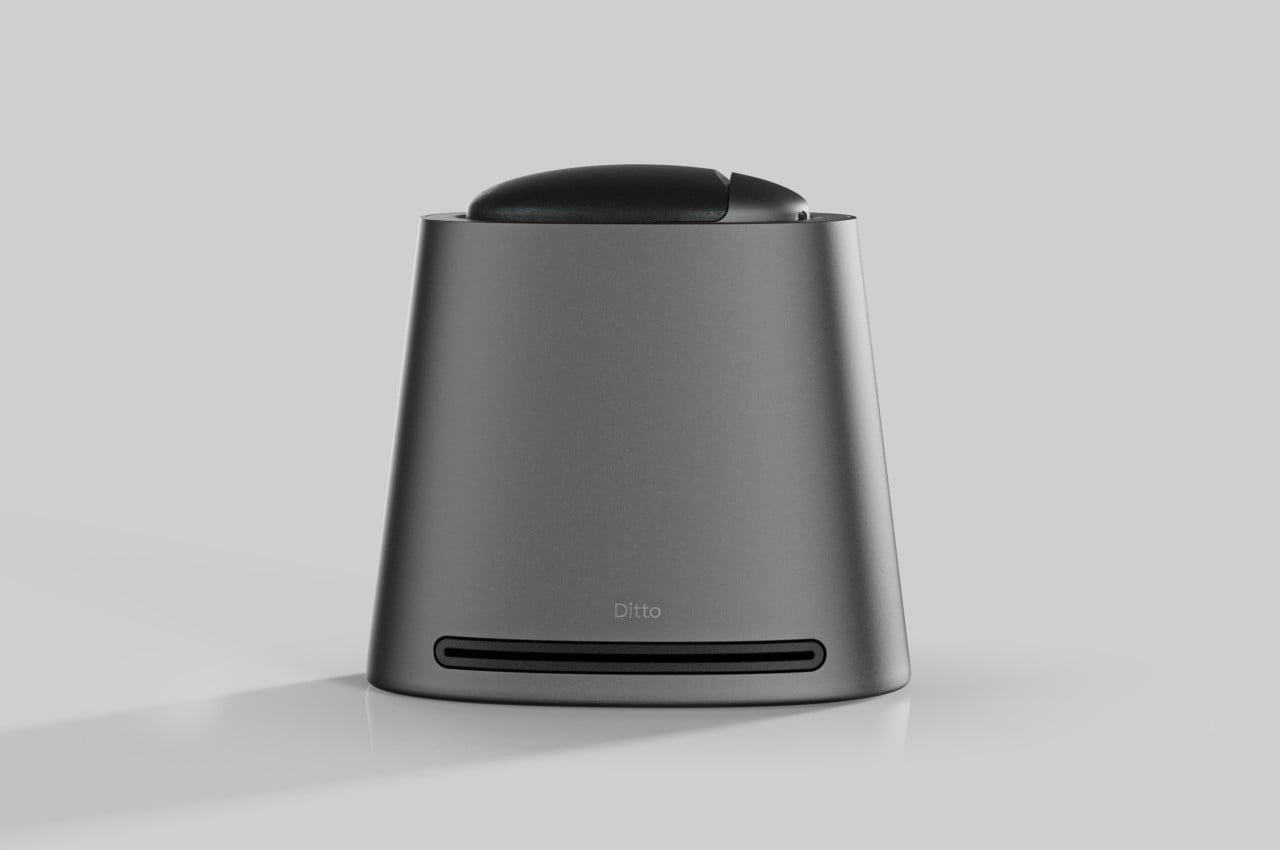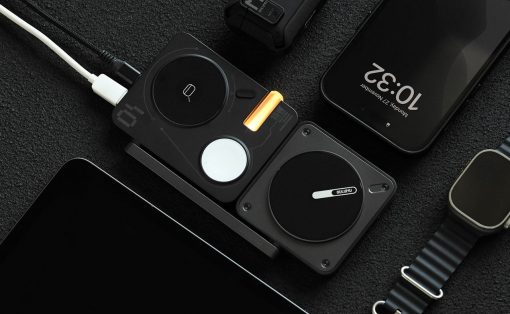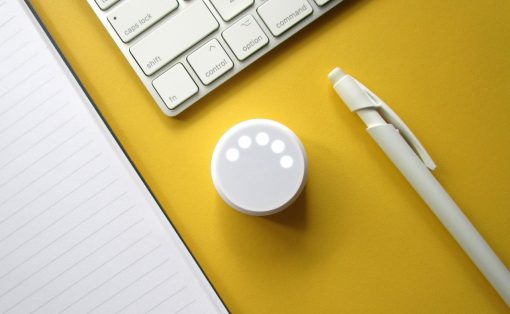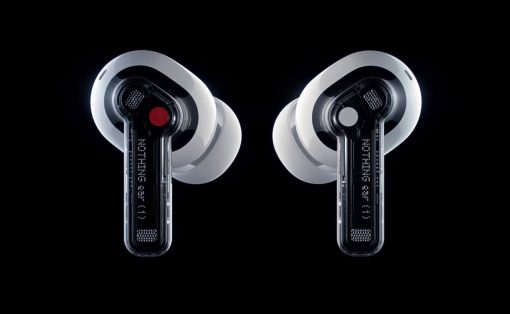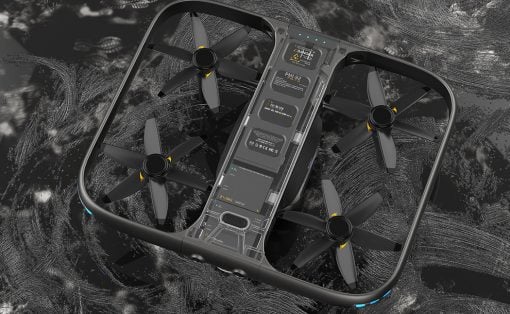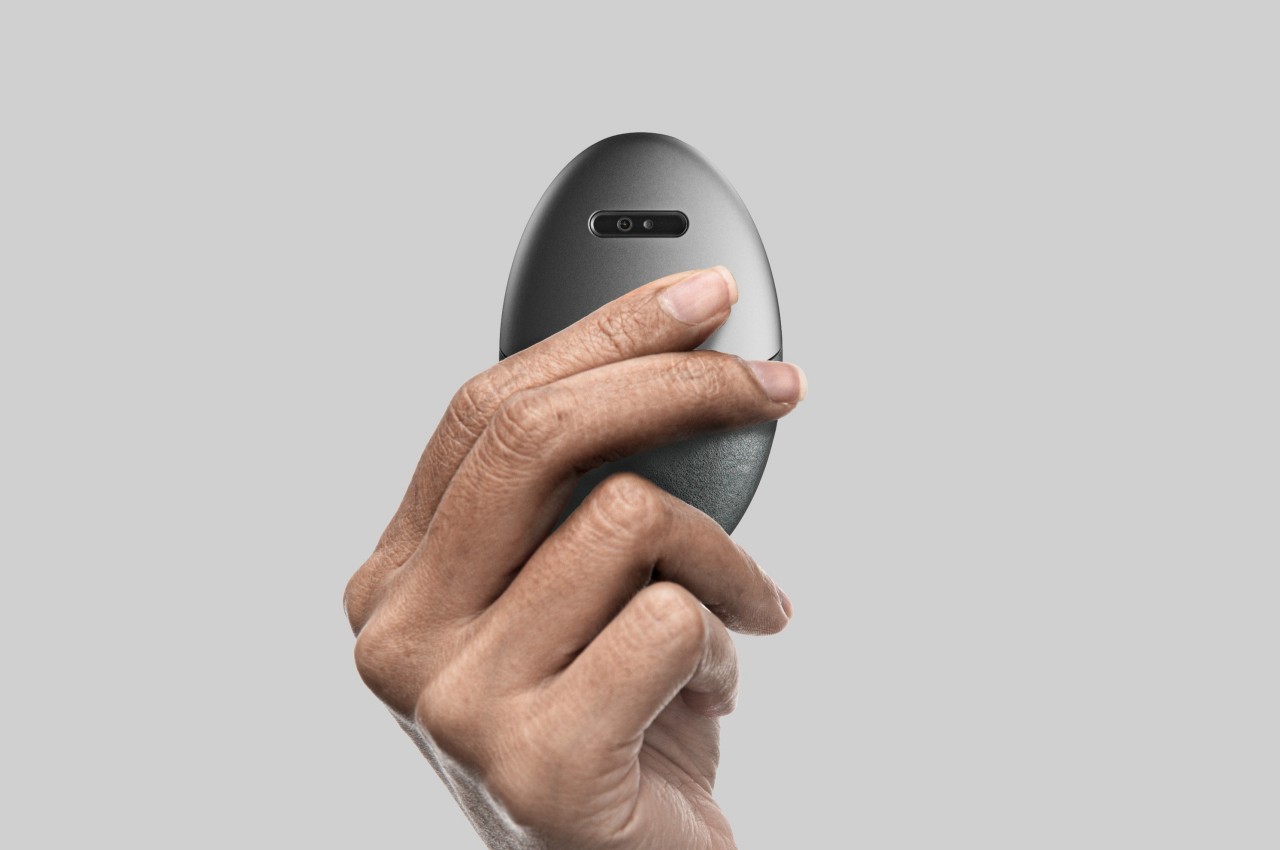
Smartphone cameras have become the primary way people record memories, whether it’s a dramatic view of a travel destination, an unforgettable snapshot of a once-in-a-lifetime stunt, or viral selfies to announce to the whole world that you are here. Given how smartphones are designed, you can only take a shot either from the rear camera or the front selfie cam, never both at the same time. There are apps that do attempt that but those are rare and they only insert a small square frame of your face like a sticker on a photo. There are, however, more artistic ways to combine opposite views of the same scene, and this camera design concept applies a particular “holographic” effect that makes each photo taken even more memorable and special.
Designers: JiHoon Park, Eojin Jeon, Jagyeong Baek, Jeseok Poong, Dongheun Kang
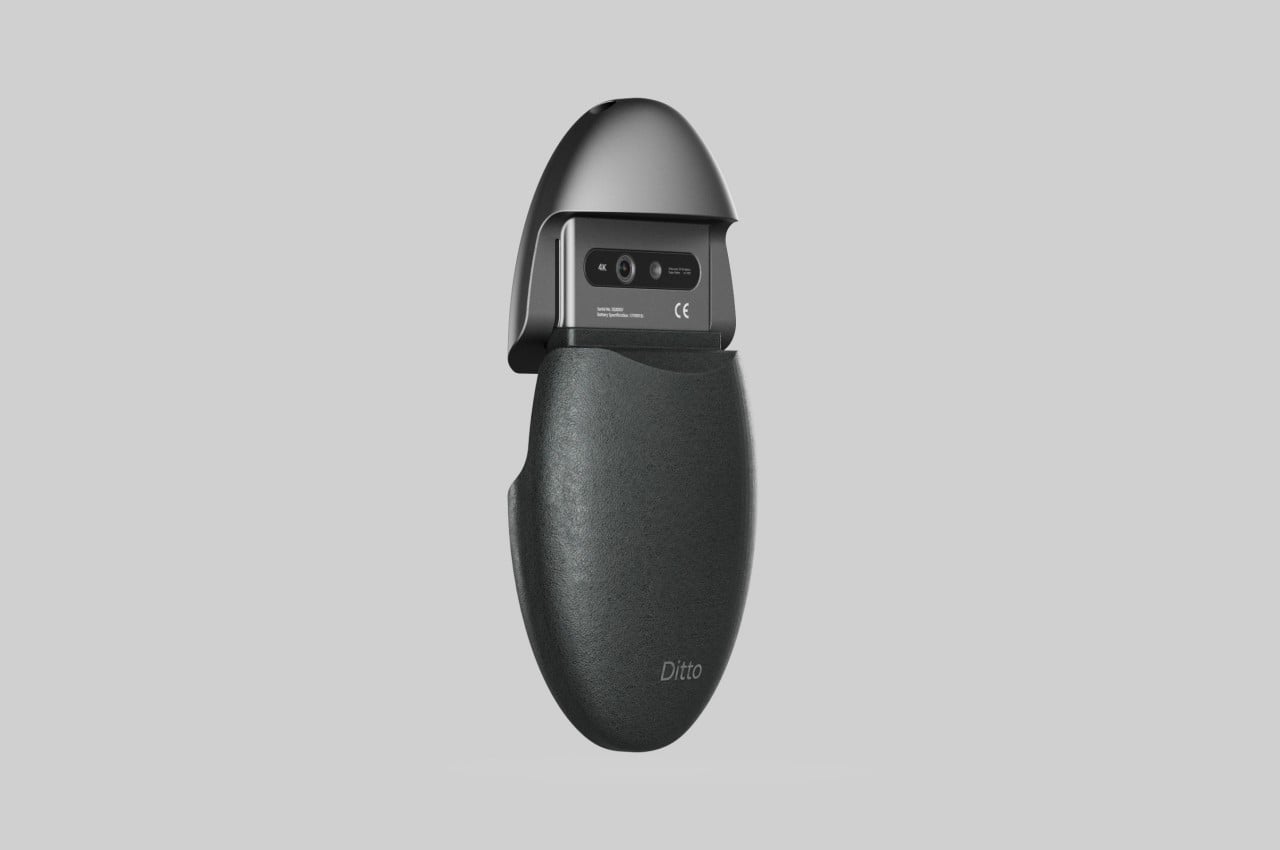
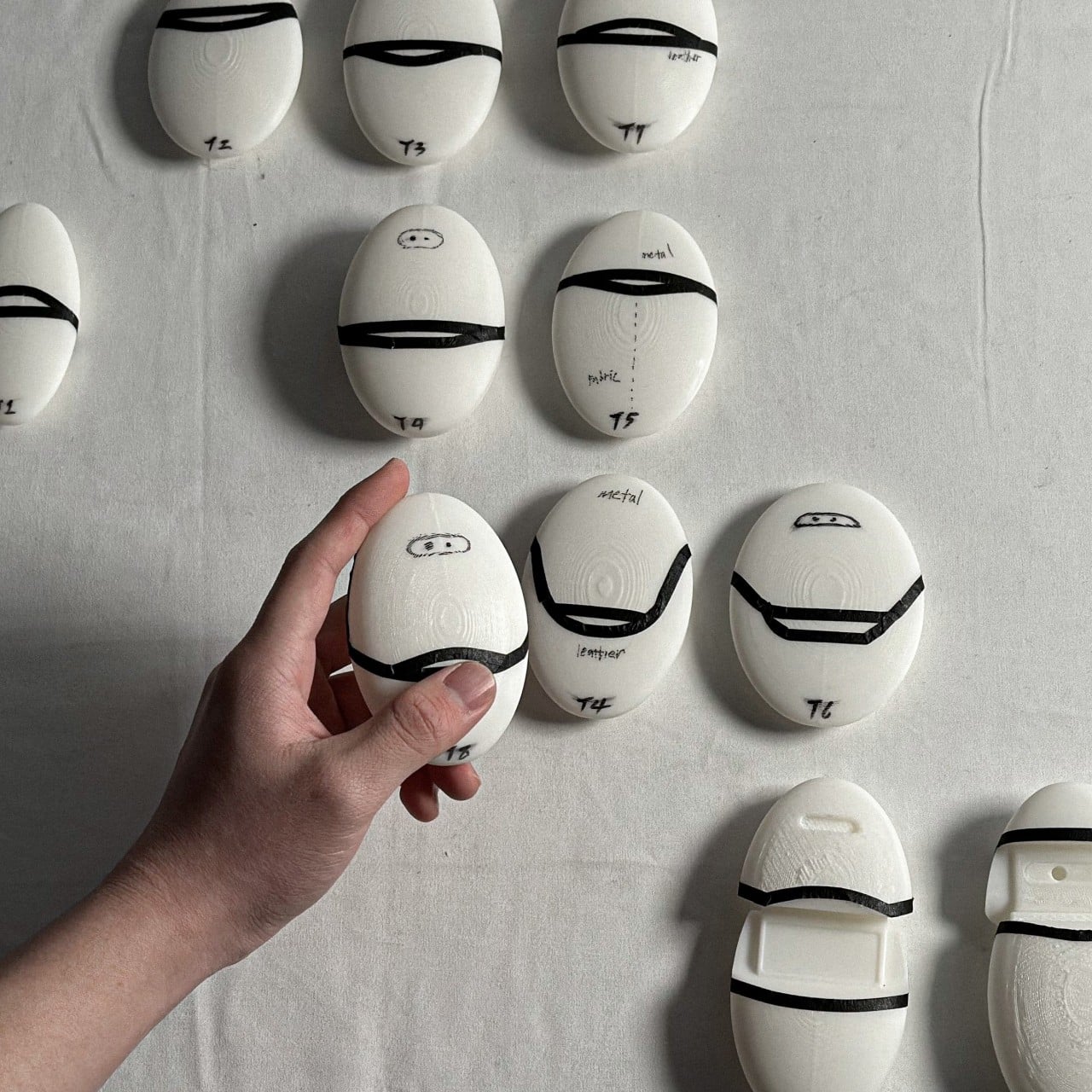
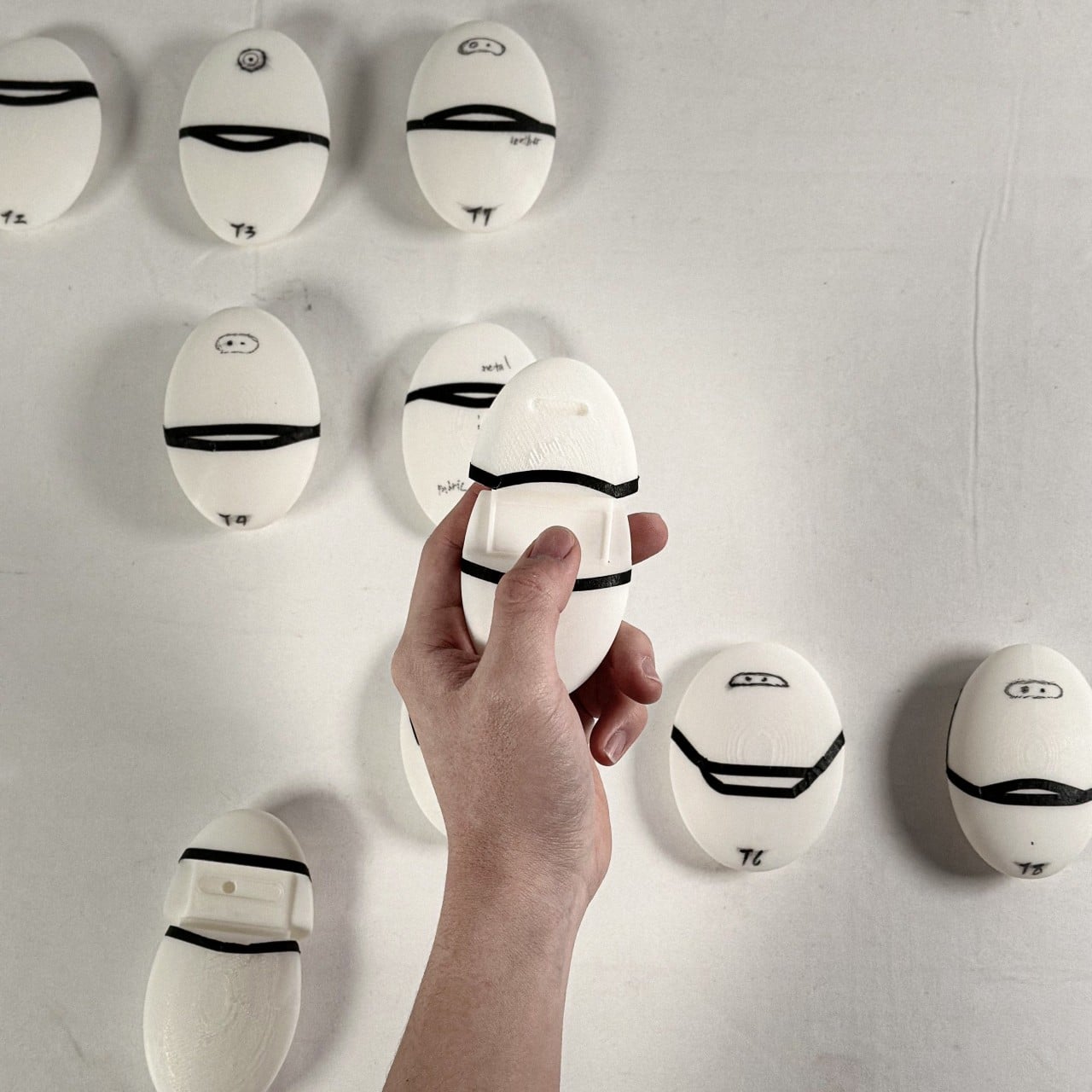
We often use cameras to record memories, but those memories always come with an unseen element: the person taking the picture. In many cases, it is definitely better not to see the person behind the lens if the focus is on the scene or object. There are times, however, when such moments are best remembered with your presence, but perhaps in a way that makes it more unique and distinctive, without simply slapping your face or name on the photo.
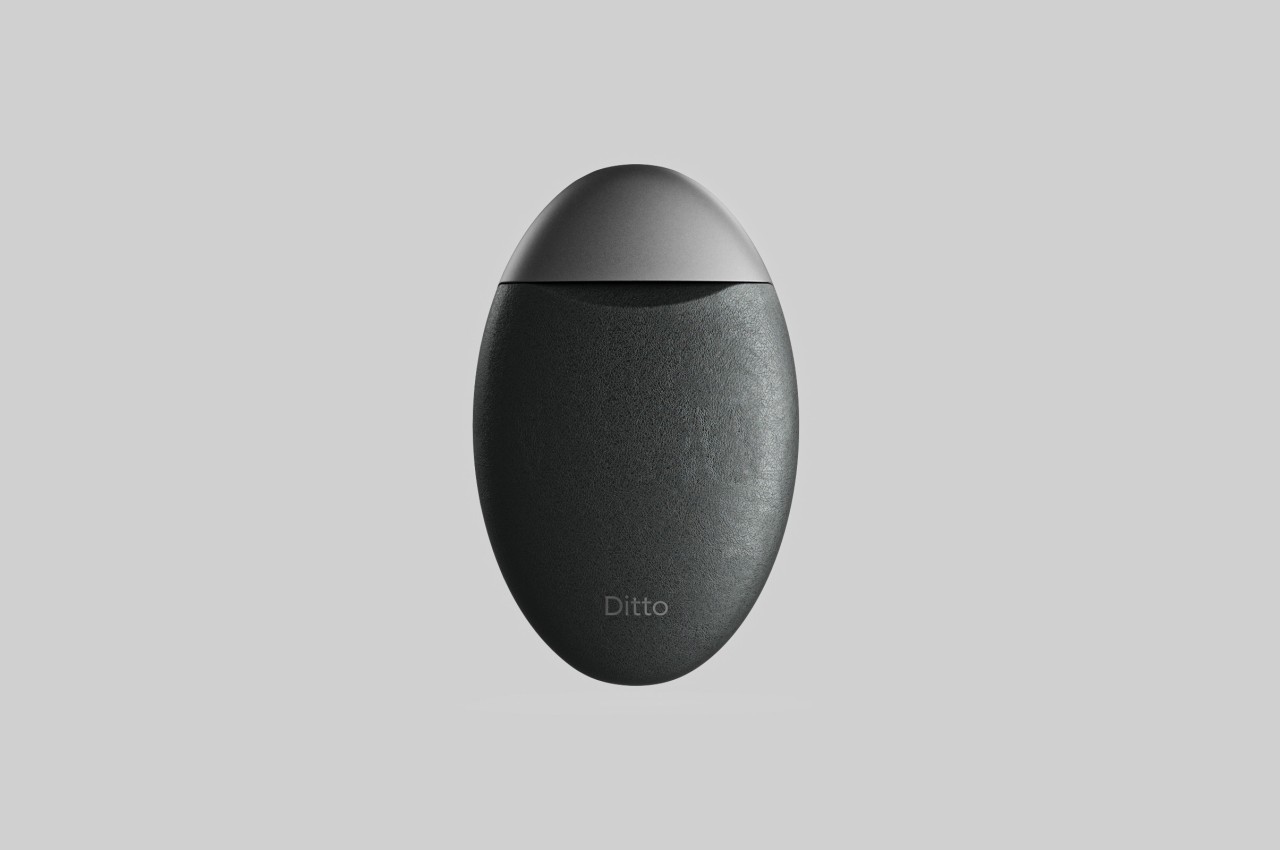
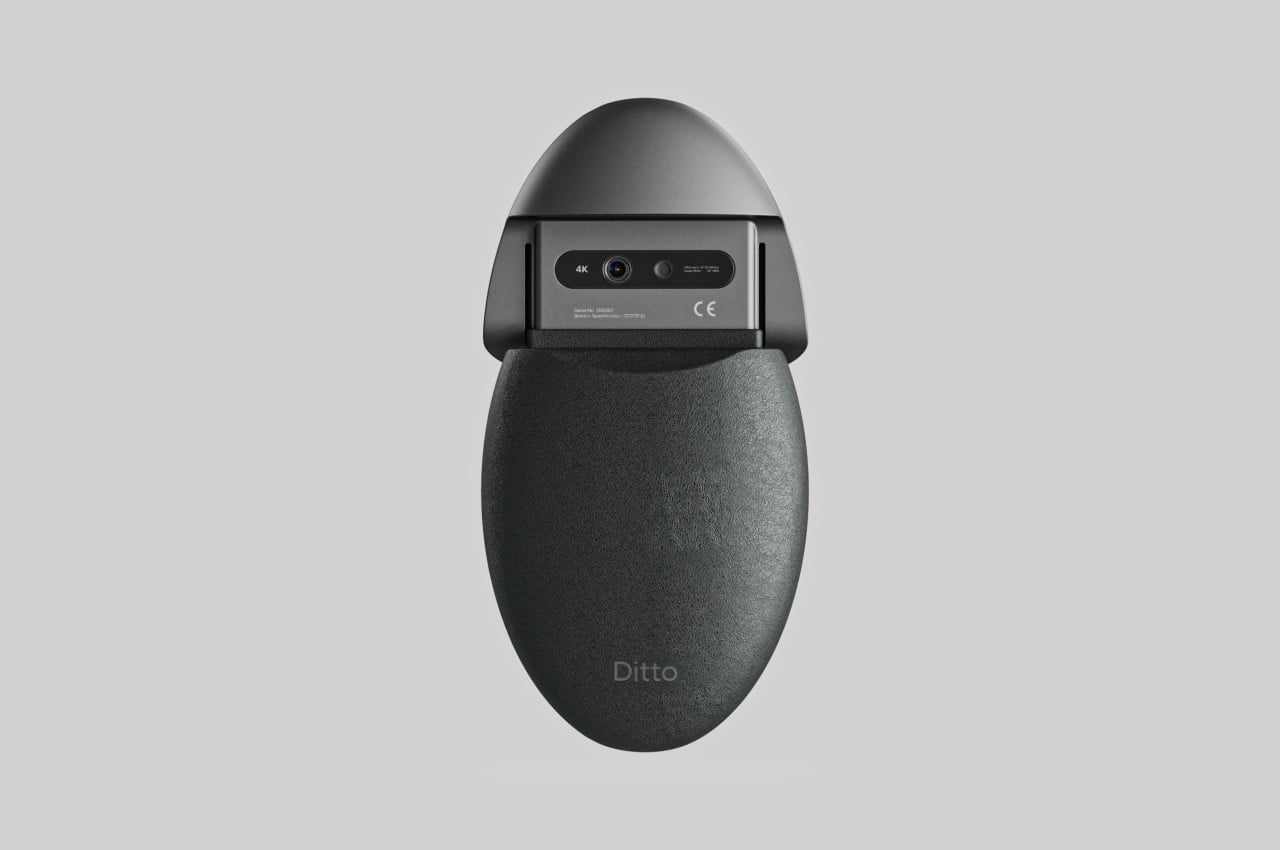
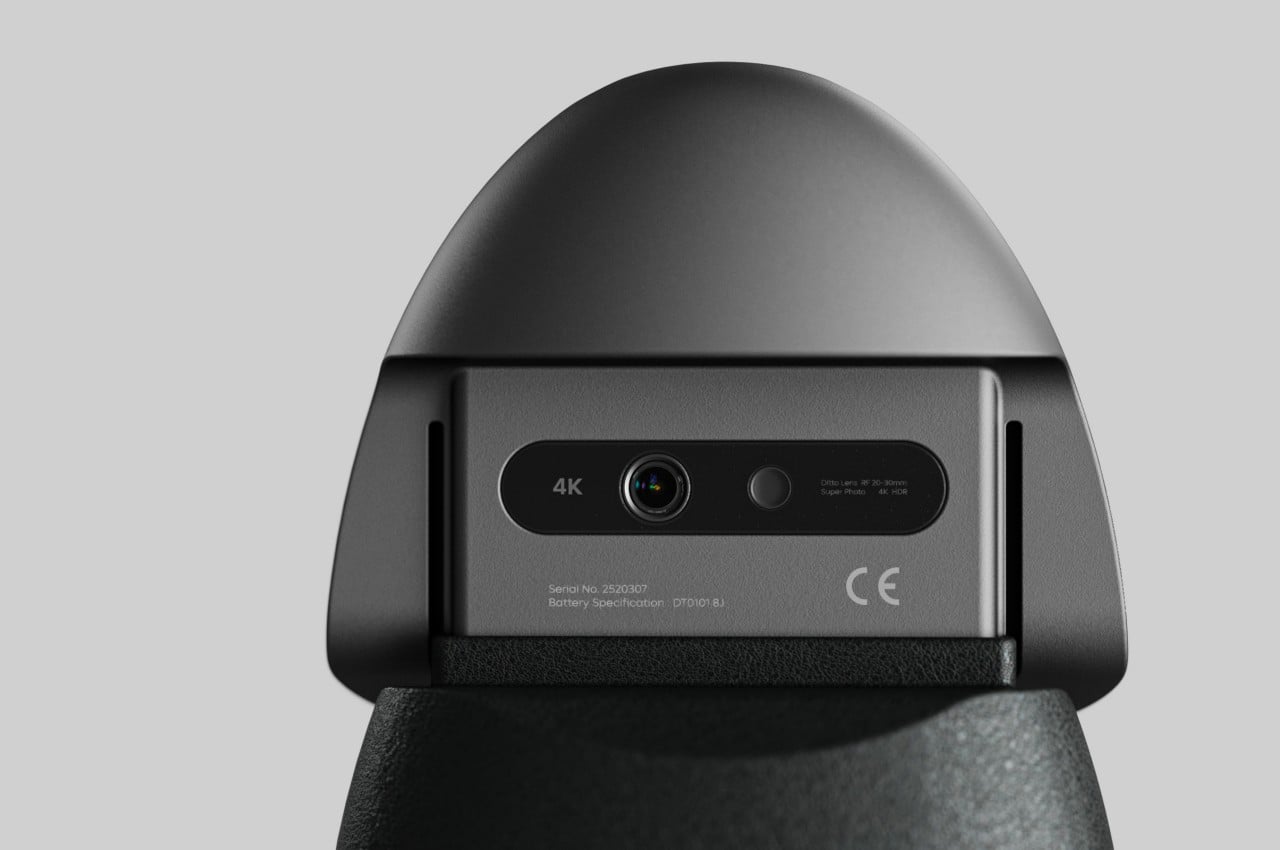
Ditto is a camera concept that takes a photo both forward and backward, capturing both the object of the photo as well as the person taking it. In some aspects, it’s almost like those 360-degree action cameras, but the focus isn’t on an all-encompassing view of the world around the camera. It isn’t even something that you wear or have powered on all the time. You have to slide its top portion up to reveal the forward-facing camera as well as the viewfinder on the back that lets you frame the shot perfectly.
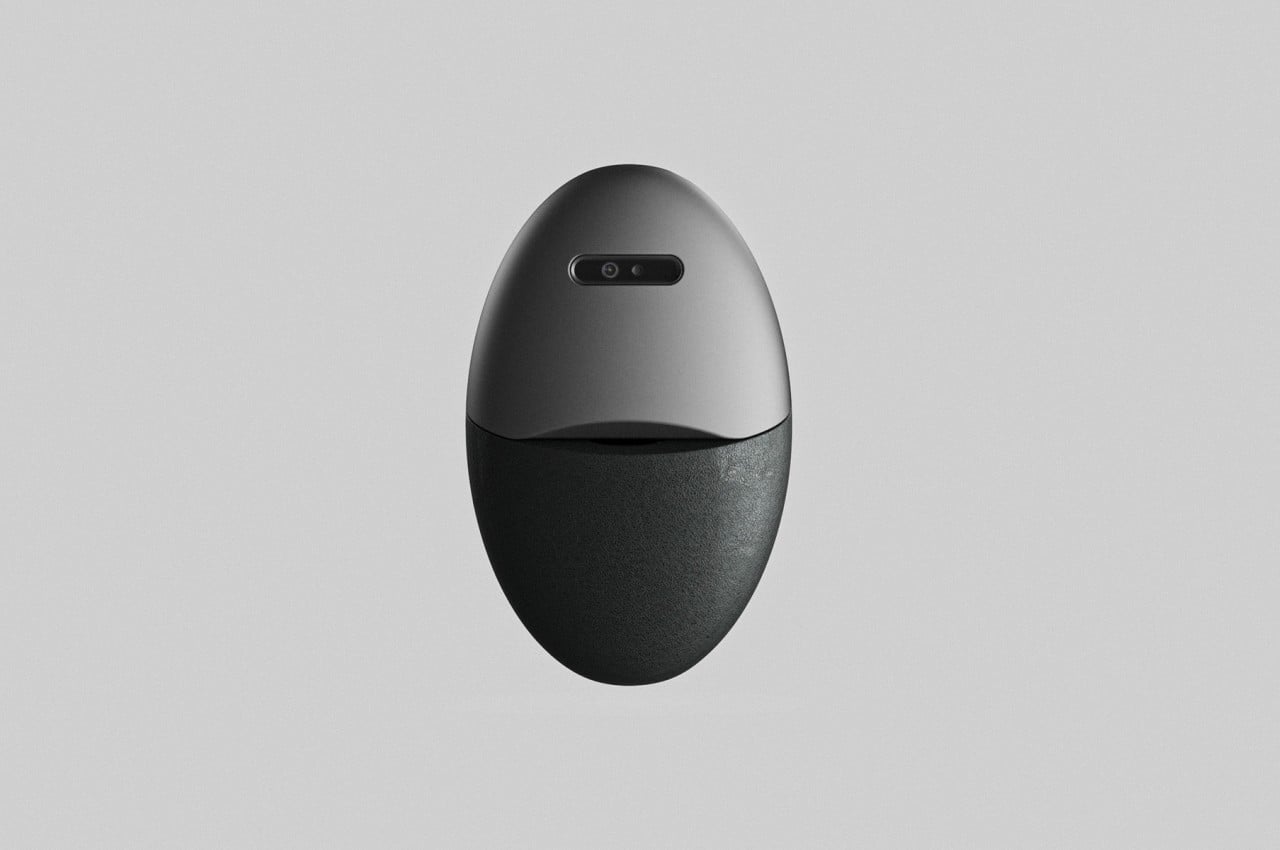
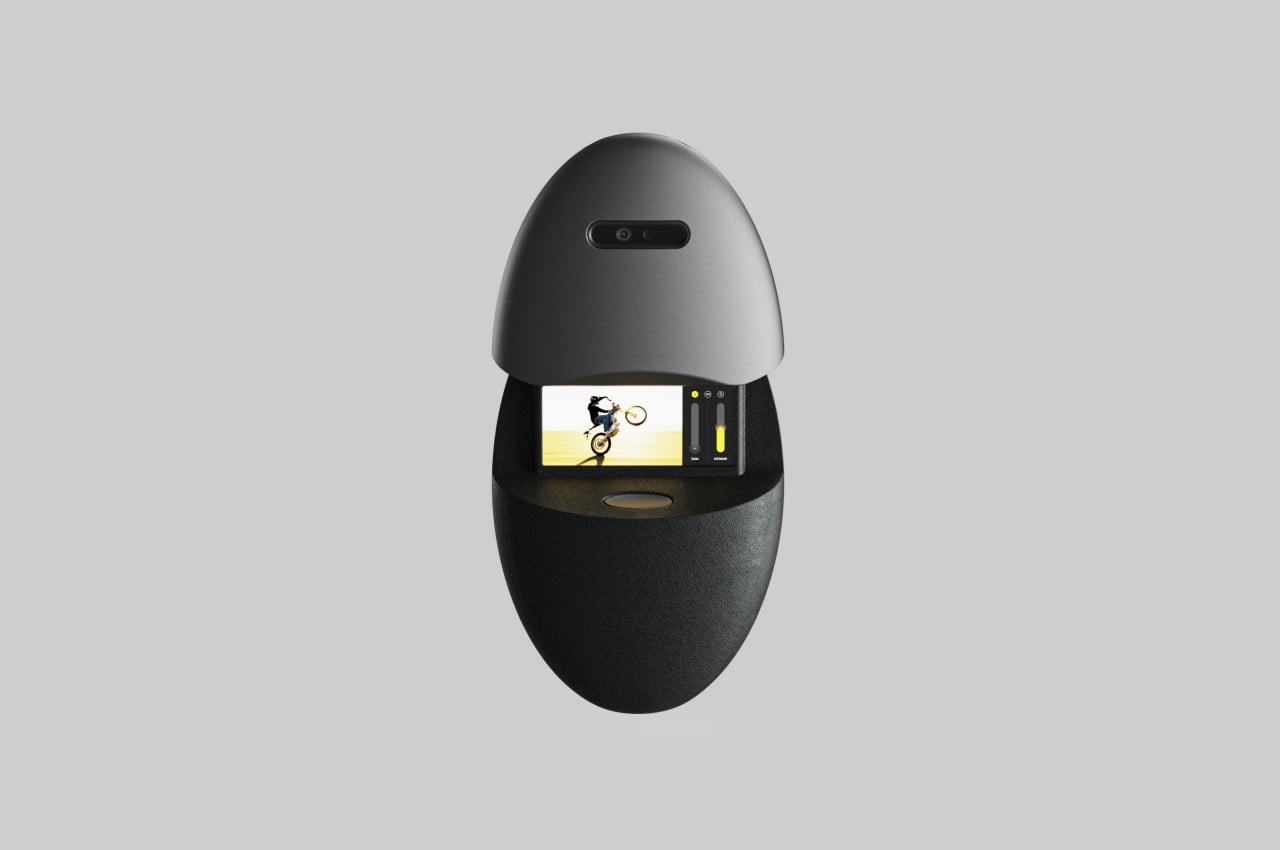
In truth, it’s not the camera itself that’s actually the most magical part of the design. It’s the conical printer that serves as the base of the camera that produces the biggest impact. It prints out the photo with a lenticular effect, so that you see either the target or yourself on the same sheet, depending on the angle you’re viewing it from. It is a less obnoxious yet also more dramatic way of embedding yourself in a scene, ensuring that your presence will be in each and every photo.
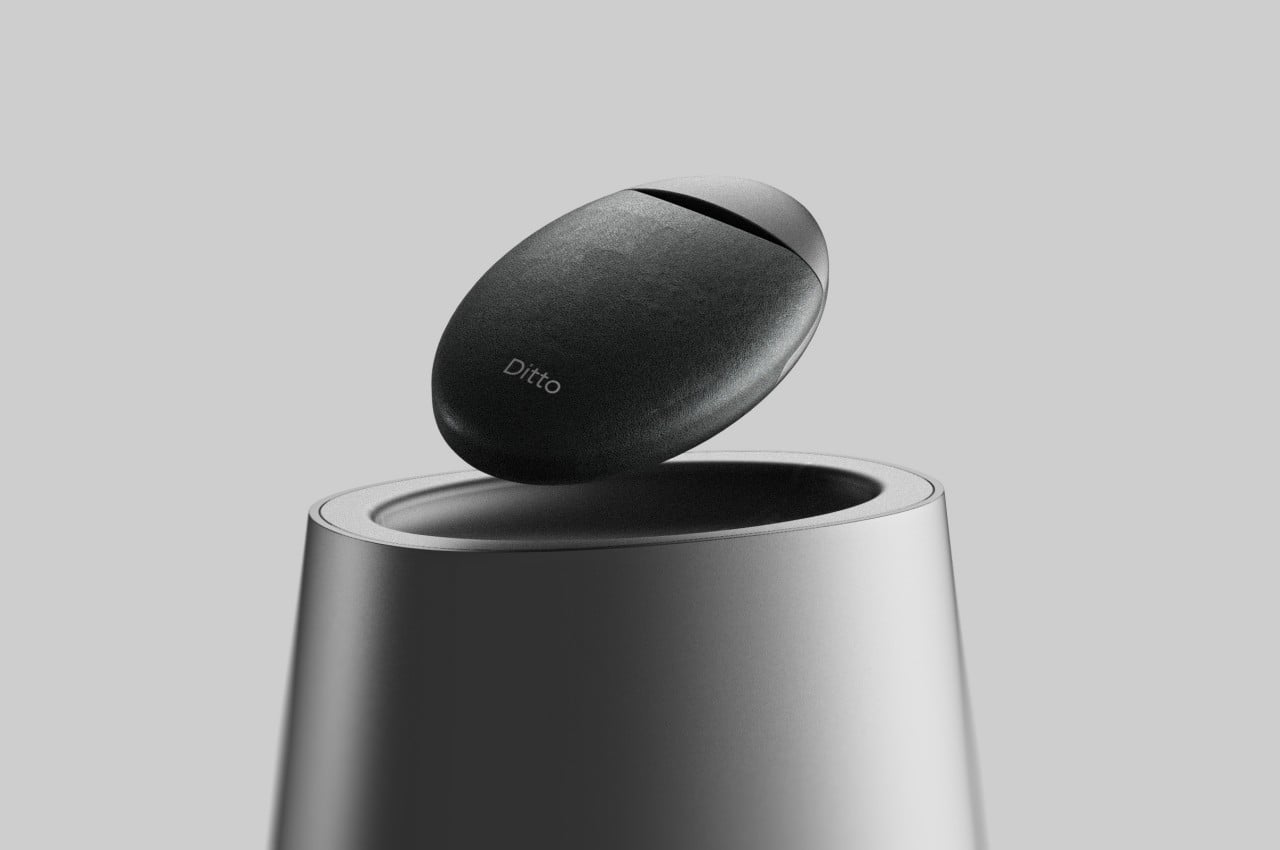
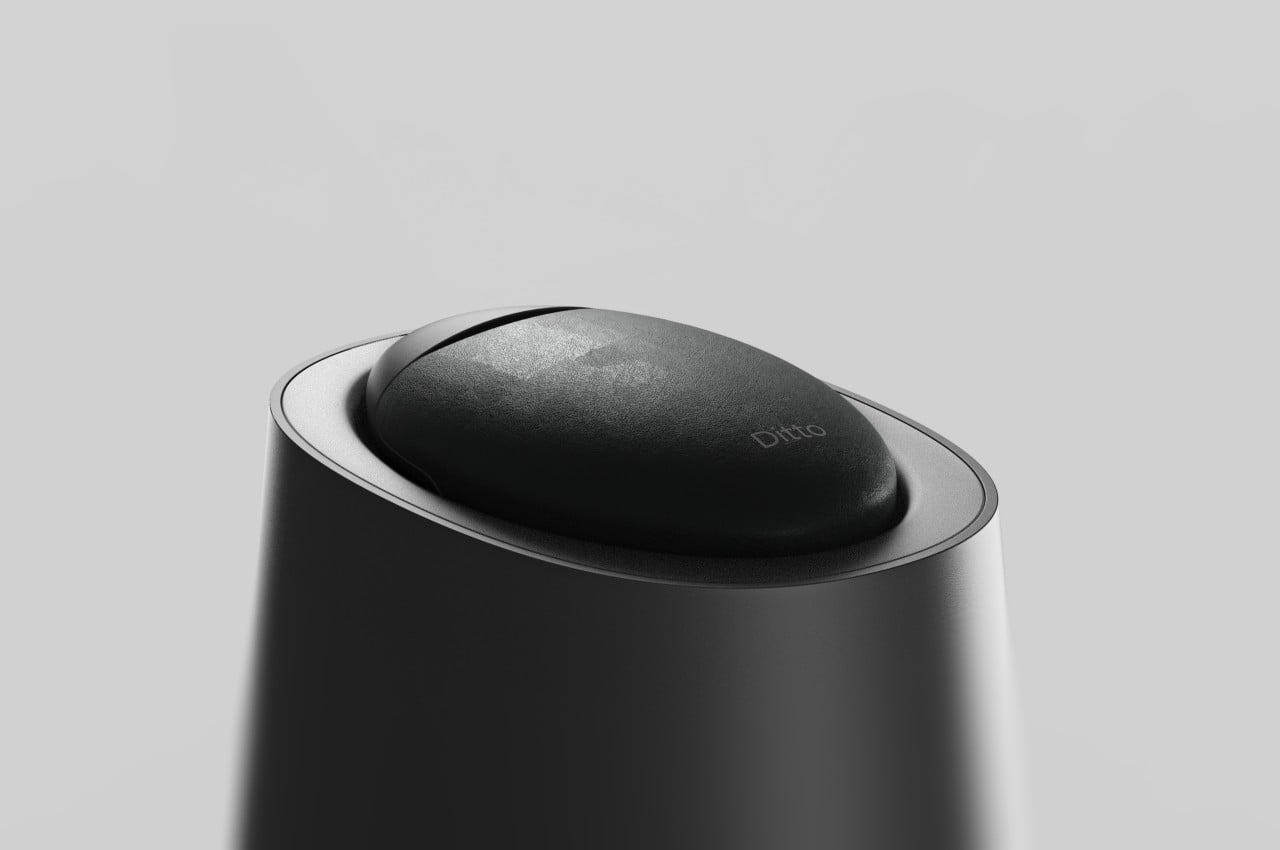
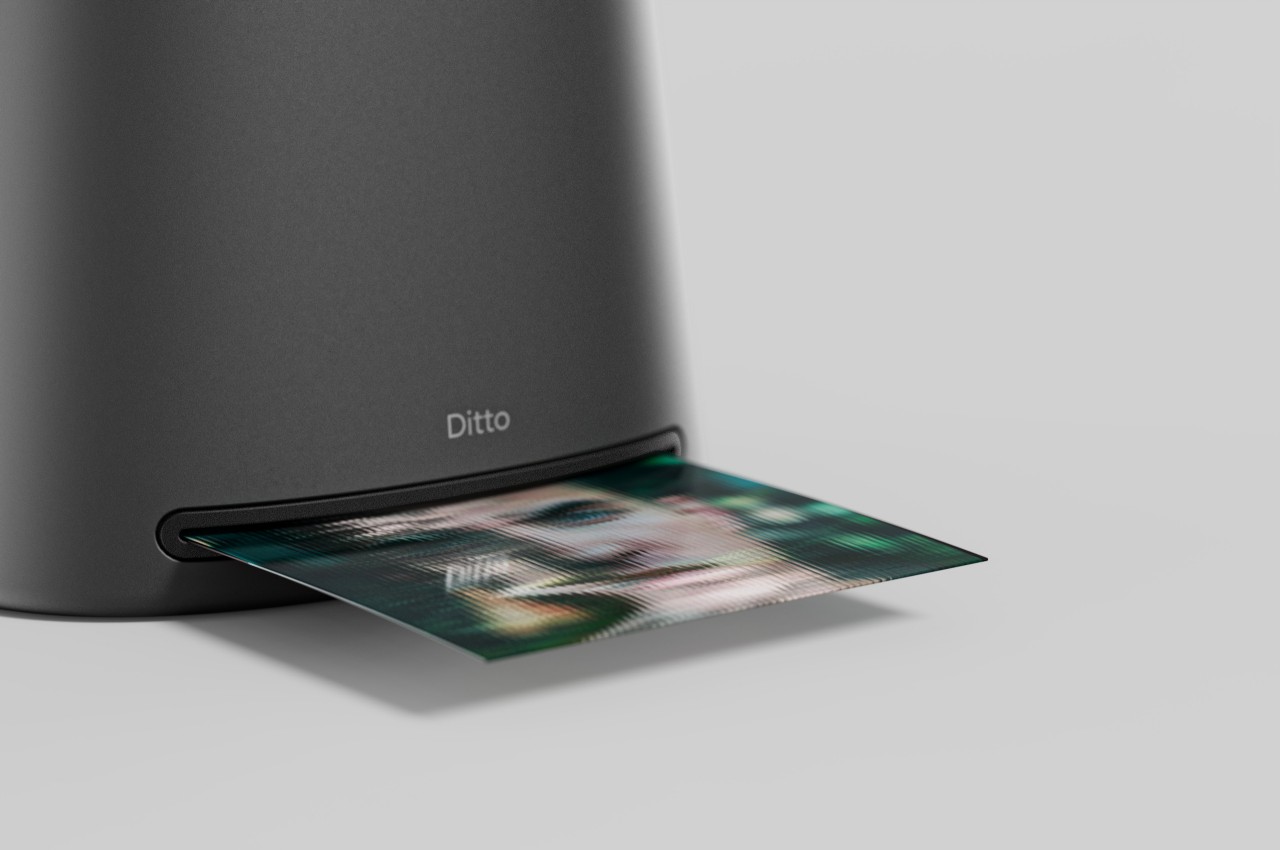
Truth be told, the same experience can probably be achieved using a specialized smartphone app and a special printer. Having a dedicated camera, however, adds a certain flavor to that moment as you slide open the camera and take a shot, either by yourself or with your friends behind you. The design of the camera itself is quite interesting to look at, removing the awkwardness that usually comes when taking photos and especially selfies with a phone. Practical or not, Ditto sparks the imagination and raises the question of what role the photographer’s presence plays in every shot, expressing the answer in an artistic and beautiful way.
